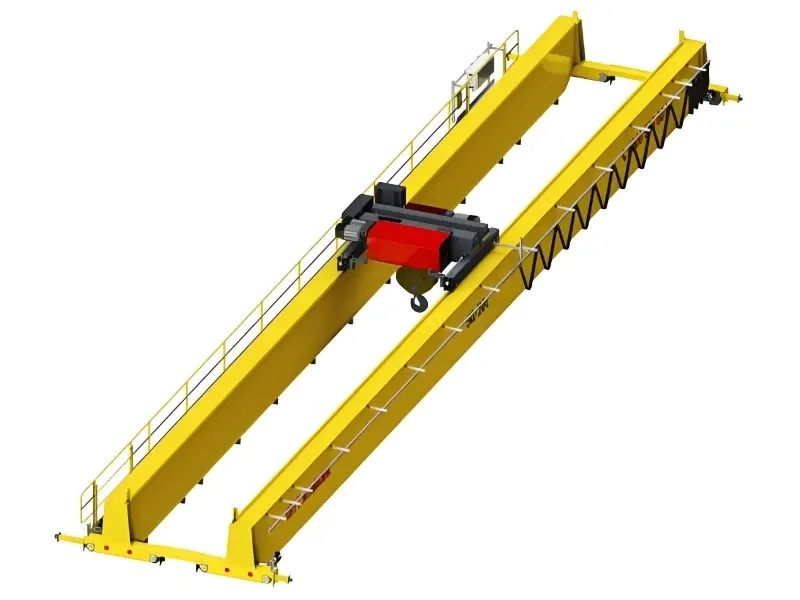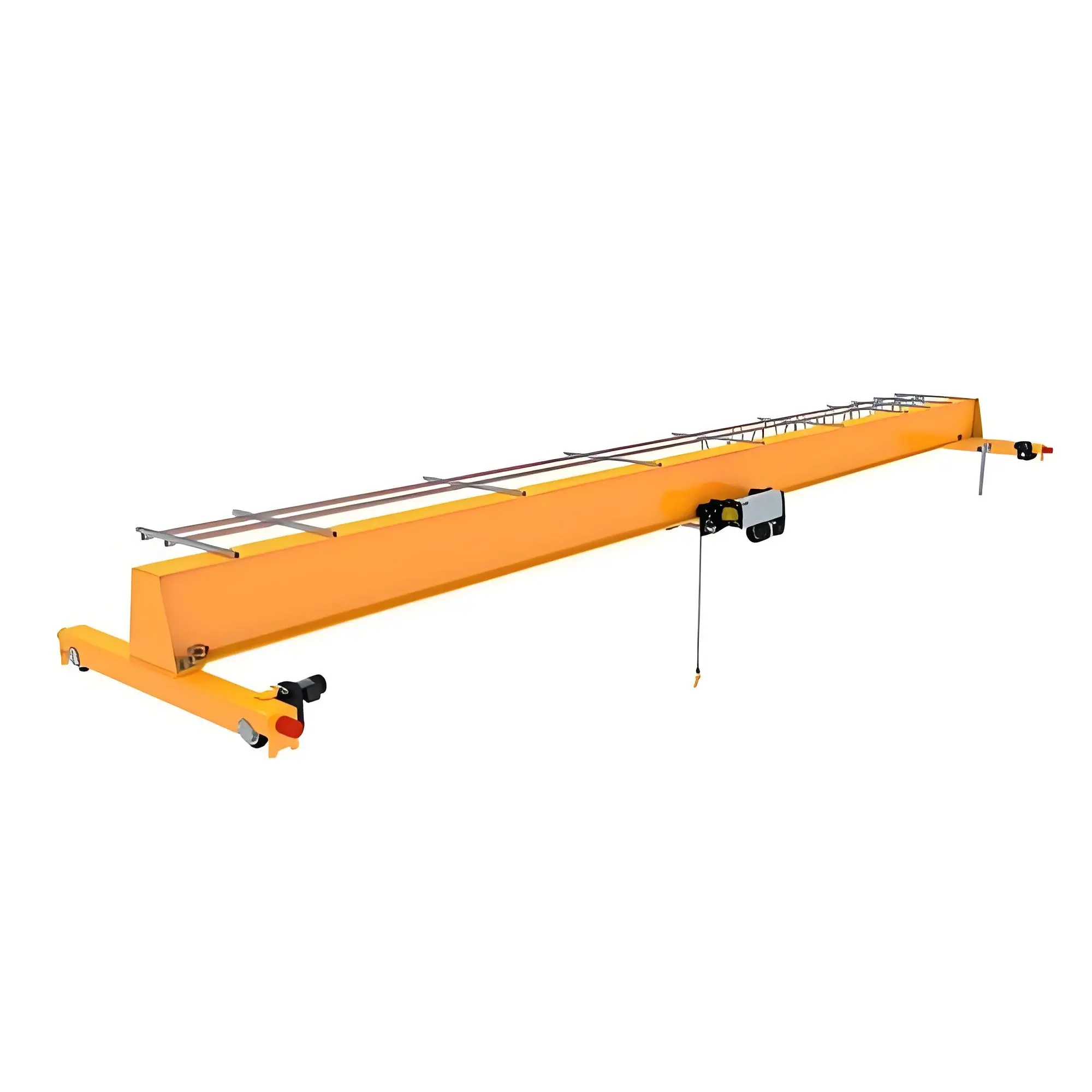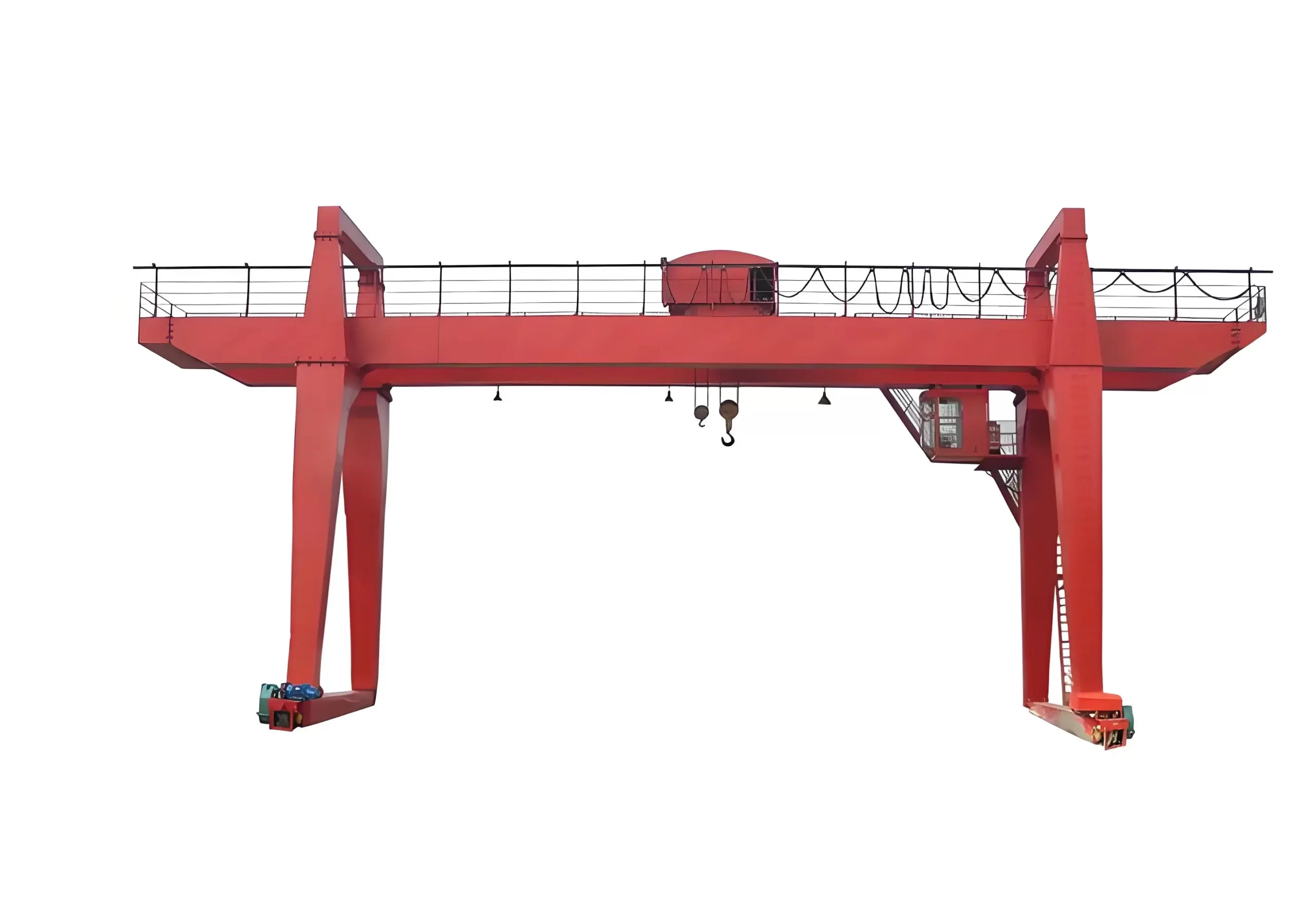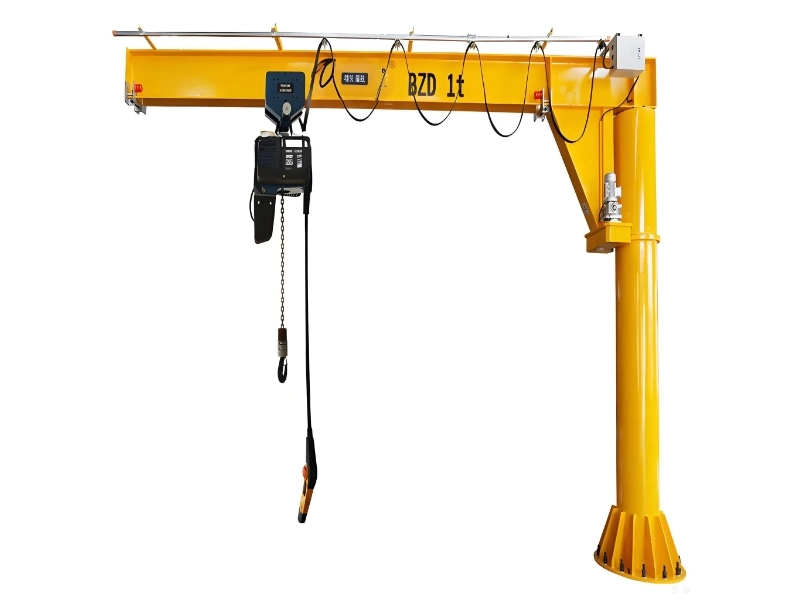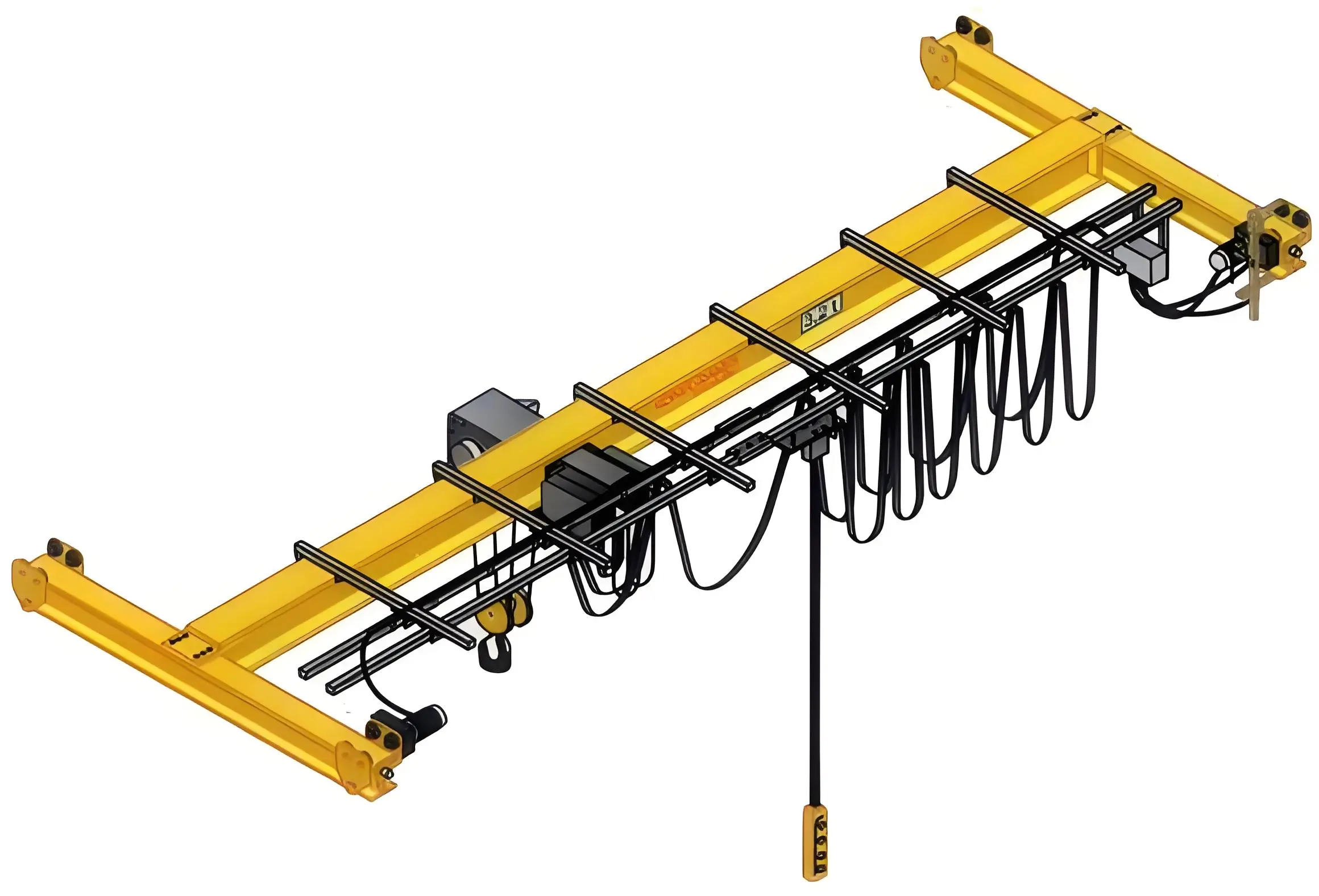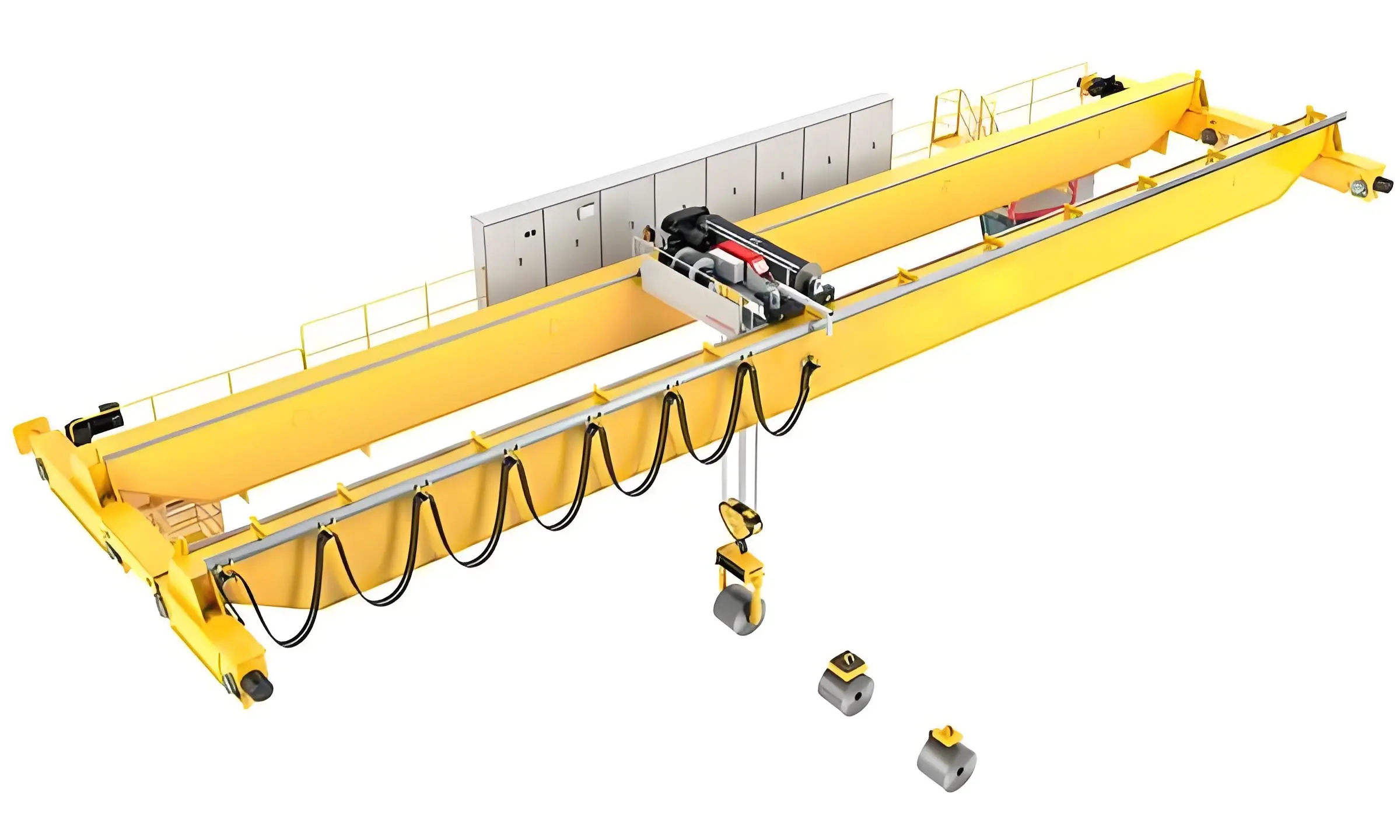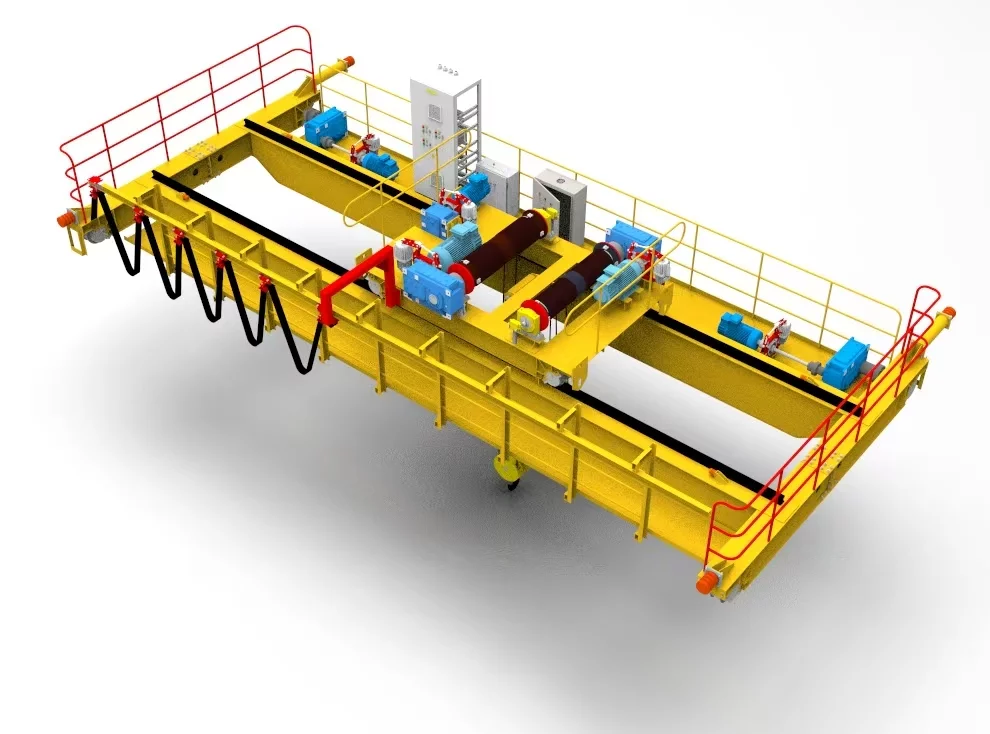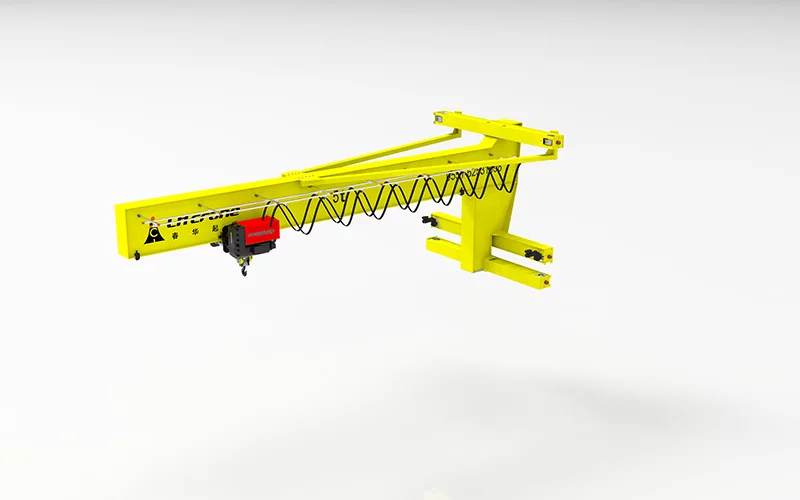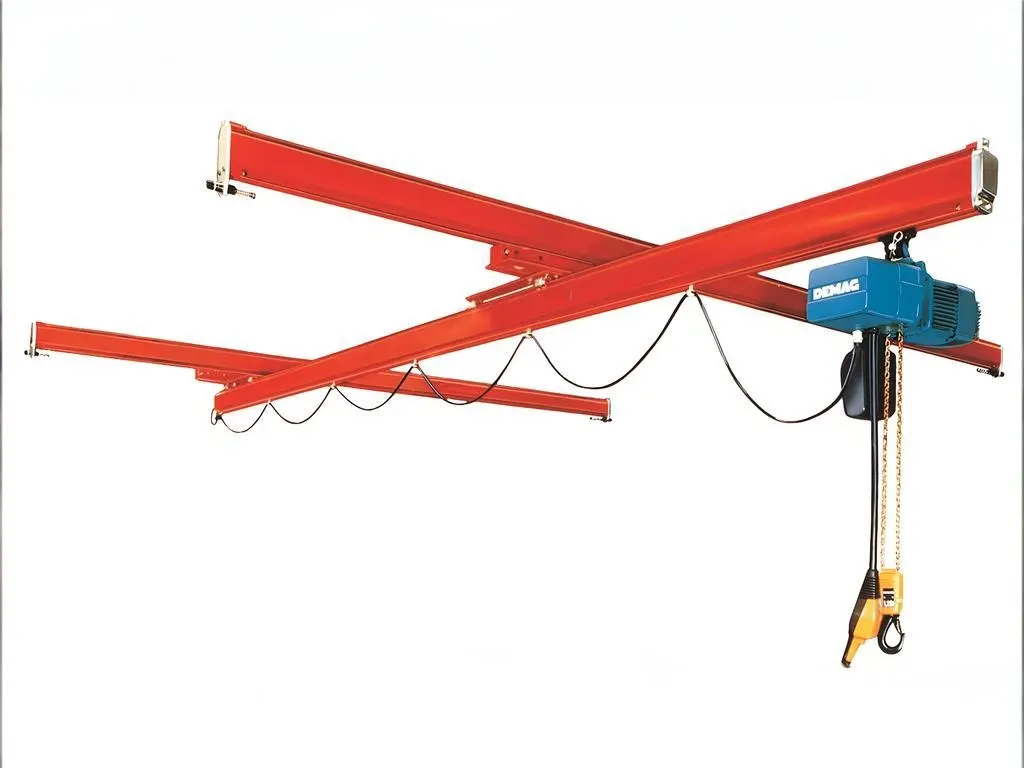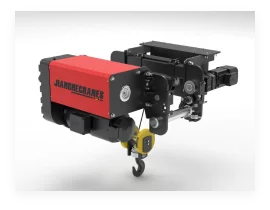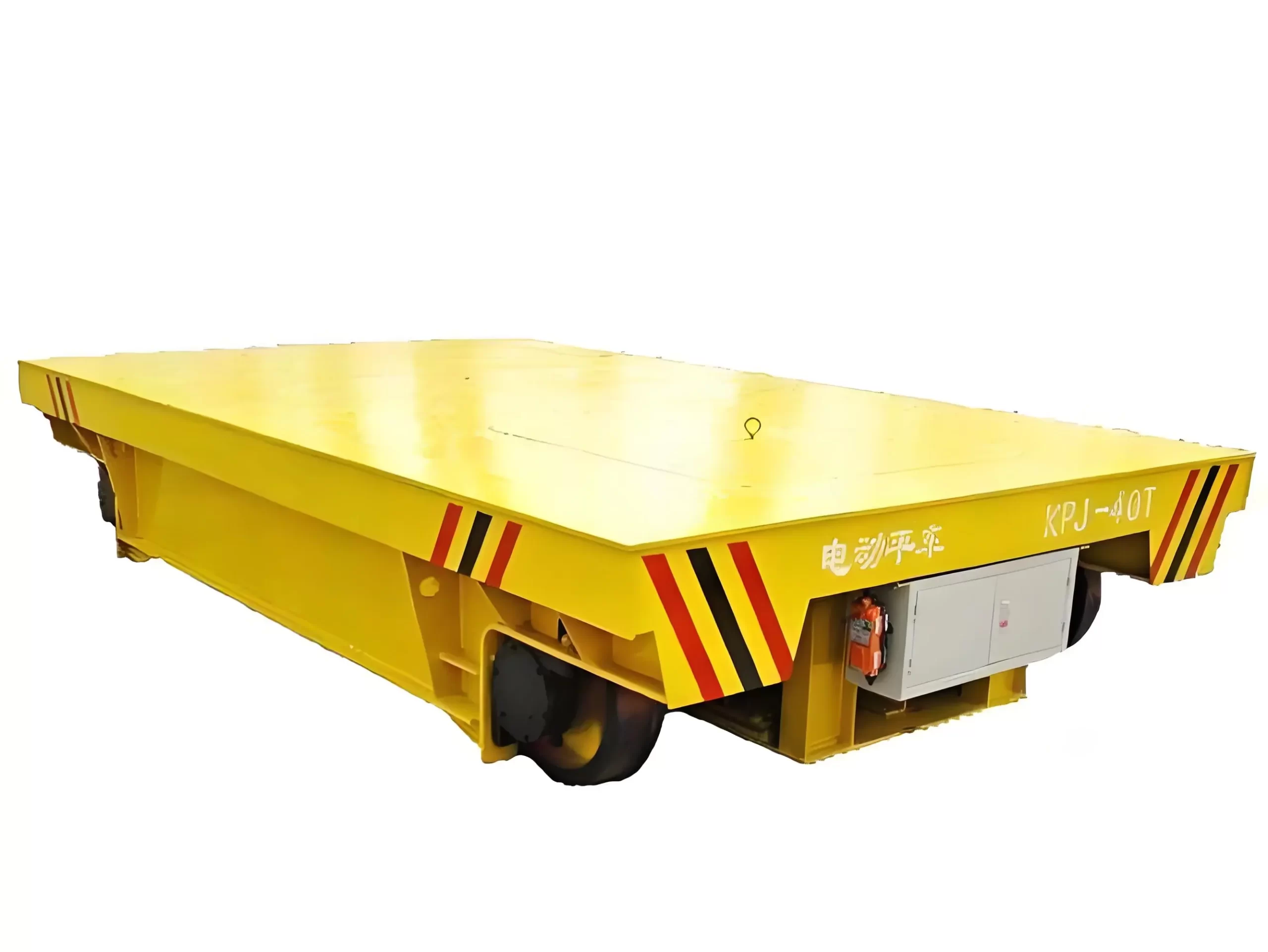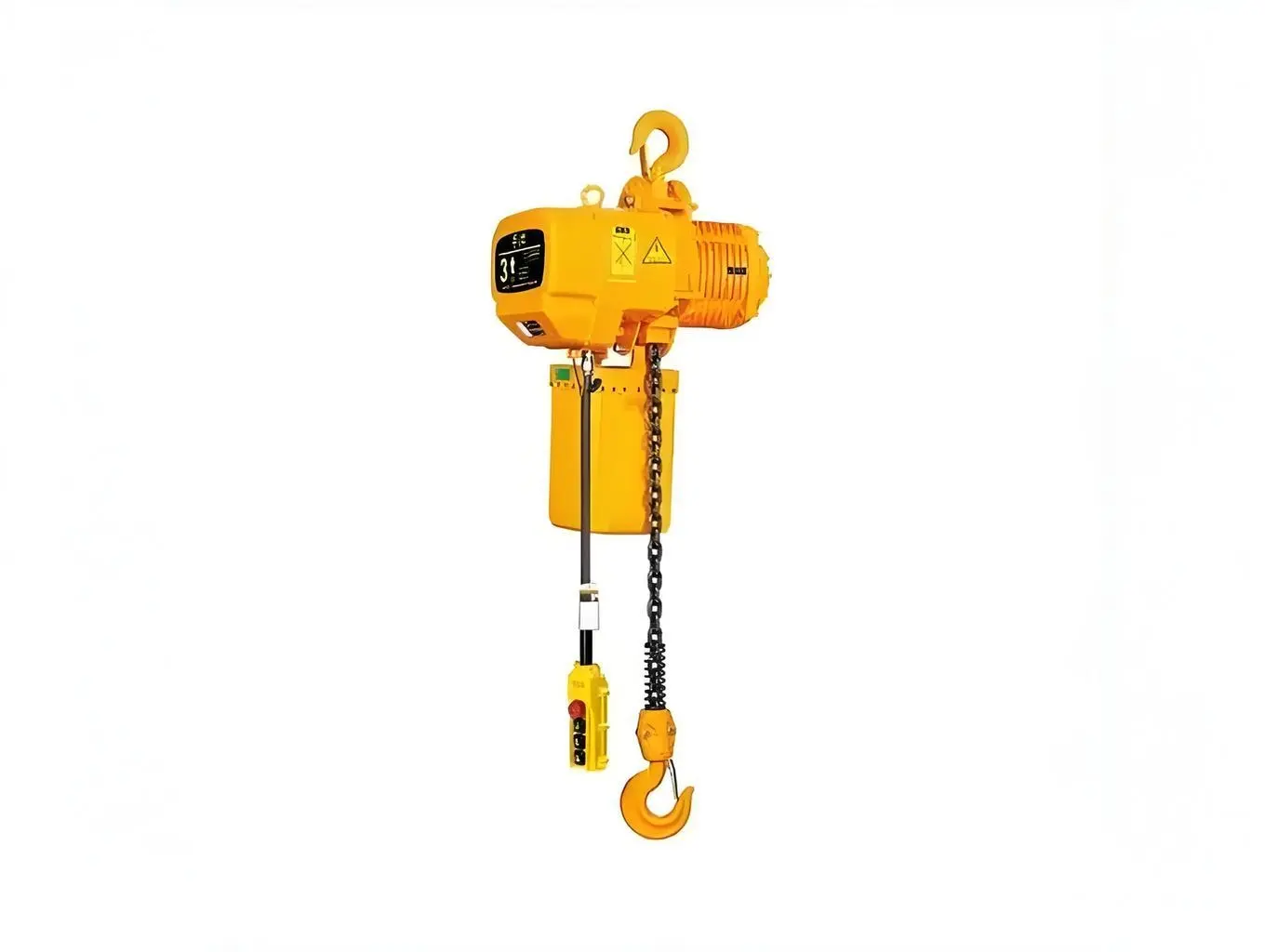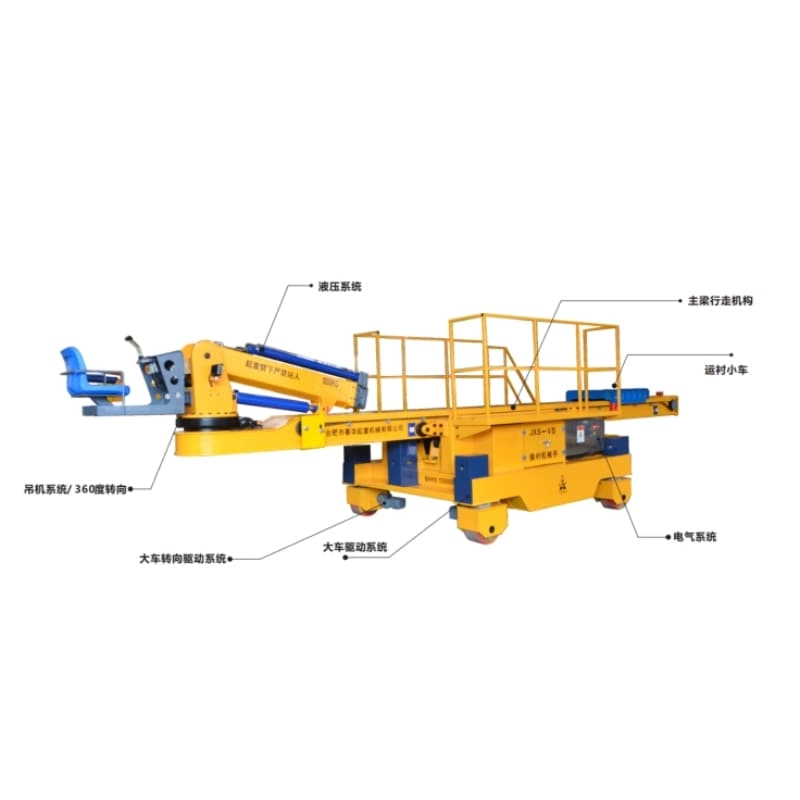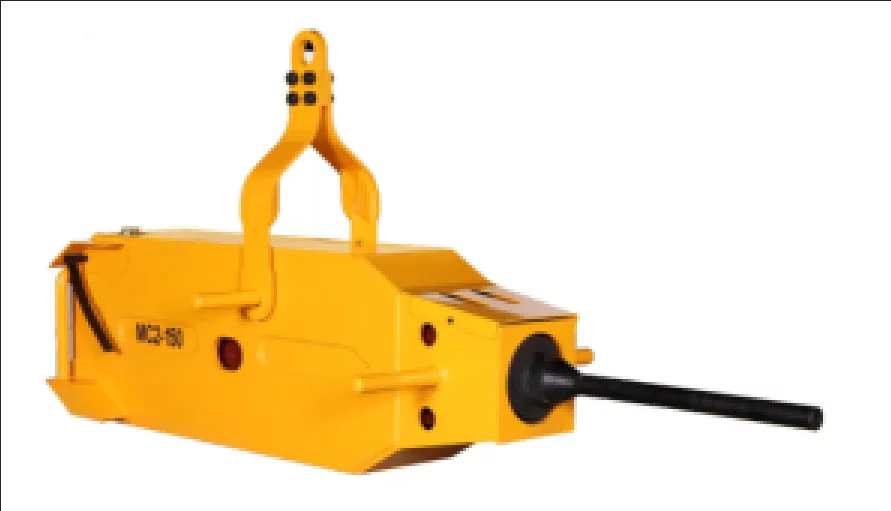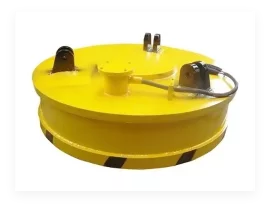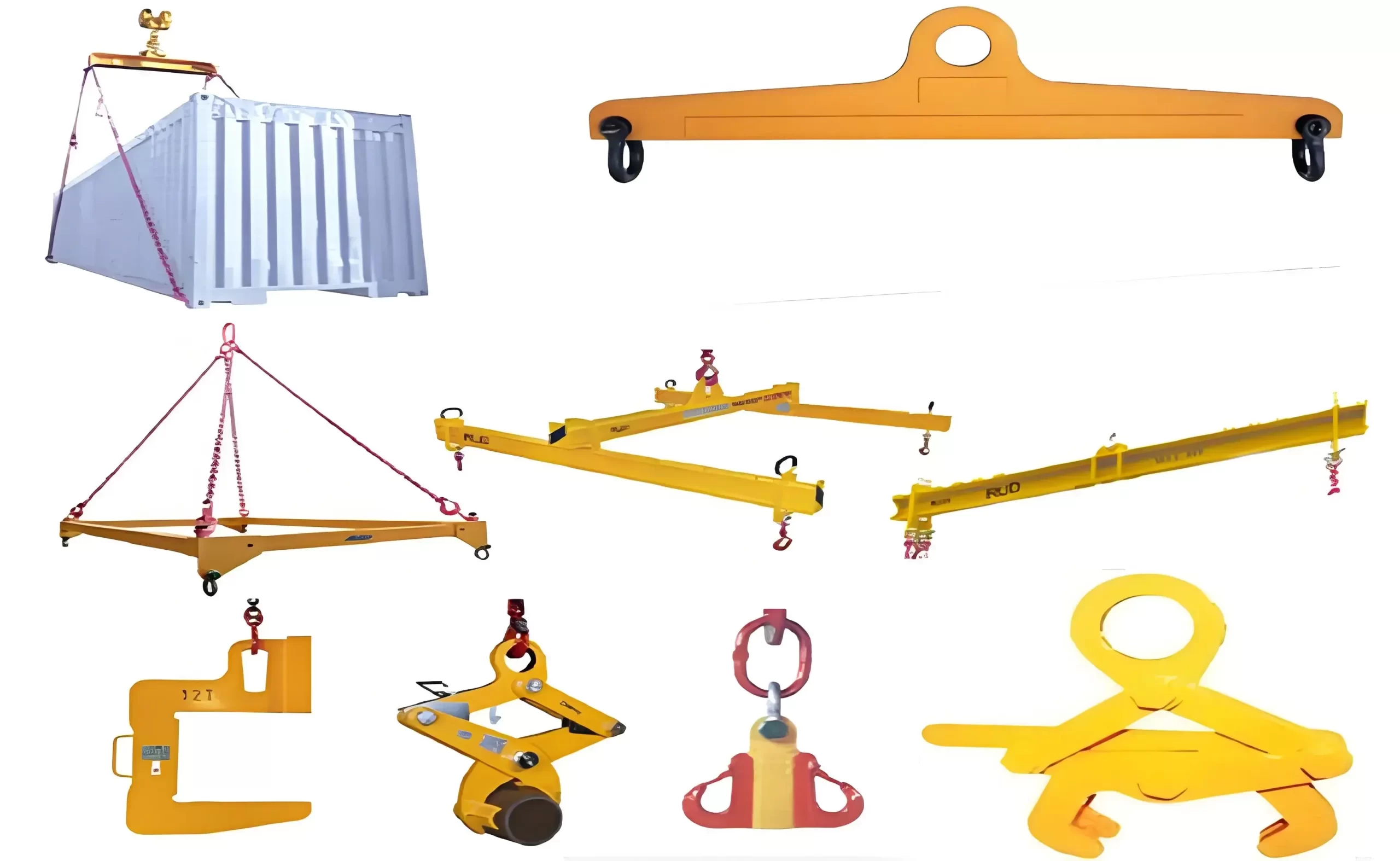Оглавление
Двухбалочные краны, являясь незаменимым оборудованием современной промышленности, широко используются в портах, на заводах, в строительстве и других отраслях. С усложнением условий эксплуатации кранов вопросы безопасности, особенно предотвращение столкновений и защита от перегрузок, привлекают всё большее внимание. Для обеспечения безопасности эксплуатации и повышения эффективности работы были разработаны системы предотвращения столкновений и защиты от перегрузок для двухбалочных мостовых кранов, которые стали важным компонентом интеллектуального развития кранов. Компания Chunhua подробно расскажет о принципах работы и применении этих двух систем защиты.
Принцип работы систем предотвращения столкновений
Системы предотвращения столкновений – это ключевые технологии, которые позволяют двухбалочным кранам избегать столкновений с другим оборудованием или препятствиями во время работы. Эти системы обычно состоят из датчиков, радаров или камер. Контролируя окружающую обстановку в режиме реального времени, при обнаружении потенциального риска столкновения система автоматически принимает меры, такие как замедление, остановка или корректировка траектории движения крана, чтобы избежать несчастных случаев.
В ходе операции высокоэффективные двухбалочные мостовые краны, Риск столкновения значительно возрастает, особенно при параллельной работе нескольких кранов. Системы предотвращения столкновений, благодаря точному измерению расстояния и обратной связи в режиме реального времени, могут своевременно предупреждать о столкновениях или автоматически принимать меры вмешательства до возникновения опасности, эффективно снижая риск повреждения оборудования или травмирования персонала в результате неправильной эксплуатации.
Основным преимуществом систем предотвращения столкновений является их высокая эффективность и автоматизация. Благодаря интеллектуальной технологии датчиков кран может автоматически адаптироваться к изменениям окружающей среды без ручного вмешательства, что значительно повышает эффективность и безопасность работы.
Функция и значение систем защиты от перегрузки
Системы защиты от перегрузки – это предохранительные механизмы, предназначенные для предотвращения перегрузки двухбалочных кранов. Когда нагрузка на кран превышает максимально допустимую, система защиты от перегрузки автоматически активируется, останавливая подъёмные работы и предотвращая сбои в работе оборудования или его повреждение из-за перегрузки. Эта система обычно отслеживает состояние нагрузки крана в режиме реального времени с помощью датчиков нагрузки и компьютерной системы управления.
На практике двухбалочные мостовые краны часто поднимают тяжёлые грузы, особенно в портах и на предприятиях тяжёлой промышленности. Перегрузка может привести к серьёзным последствиям, таким как повреждение оборудования, обрыв троса или потеря управления крюком. Роль систем защиты от перегрузки заключается не только в остановке работы, но, что ещё важнее, в обеспечении гарантии бесперебойной и бесперебойной работы оборудования.
Синергетический эффект систем предотвращения столкновений и защиты от перегрузки
Системы предотвращения столкновений и защиты от перегрузки работают не по отдельности, а взаимодействуют через интеллектуальную систему, повышая общую безопасность крана. При перегрузке груза крана система защиты от перегрузки немедленно срабатывает, останавливая подъём. Одновременно система предотвращения столкновений предотвращает столкновение крана с окружающими препятствиями при остановке, что дополнительно повышает безопасность эксплуатации.
Например, когда двухбалочный кран работает в ограниченном пространстве, система предотвращения столкновений обнаруживает окружающие объекты в режиме реального времени, чтобы гарантировать, что кран не попадет в опасную зону, а система защиты от перегрузки гарантирует, что грузоподъемность крана останется в безопасных пределах, предотвращая несчастные случаи, вызванные перегрузкой.
Комплексное применение интеллектуальных систем управления
Благодаря постоянному развитию технологий системы предотвращения столкновений и защиты от перегрузок всё больше эволюционируют в сторону интеллектуальных систем. Сегодня многие двухбалочные мостовые краны Интегрированные интеллектуальные системы управления. Благодаря аналитике больших данных и облачным технологиям можно комплексно отслеживать и анализировать рабочее состояние крана, заранее прогнозировать потенциальные опасности и принимать превентивные меры.
Благодаря интеллектуальному управлению операторы могут удаленно отслеживать состояние нагрузки крана, траекторию перемещения и рабочую среду в режиме реального времени, гарантируя, что каждый этап операции находится в безопасном и контролируемом диапазоне.
Тенденции будущего развития
В будущем, с применением технологий искусственного интеллекта и Интернета вещей, системы предотвращения столкновений и защиты от перегрузок высококачественные двухбалочные краны Станут более интеллектуальными и эффективными. Эти системы смогут анализировать рабочую среду в режиме реального времени, прогнозировать потенциальные риски и автоматически корректировать стратегии работы, что ещё больше повысит безопасность и эффективность работы кранов.
Заключение
Применение систем предотвращения столкновений и защиты от перегрузок особенно важно при эксплуатации двухбалочных кранов. Эти системы не только повышают безопасность эксплуатации и снижают вероятность аварий, но и увеличивают эффективность работы и срок службы оборудования. Благодаря постоянному развитию интеллектуальных технологий, двухбалочные мостовые краны будущего станут более безопасными и эффективными, что будет способствовать интеллектуальному развитию крановой отрасли.

